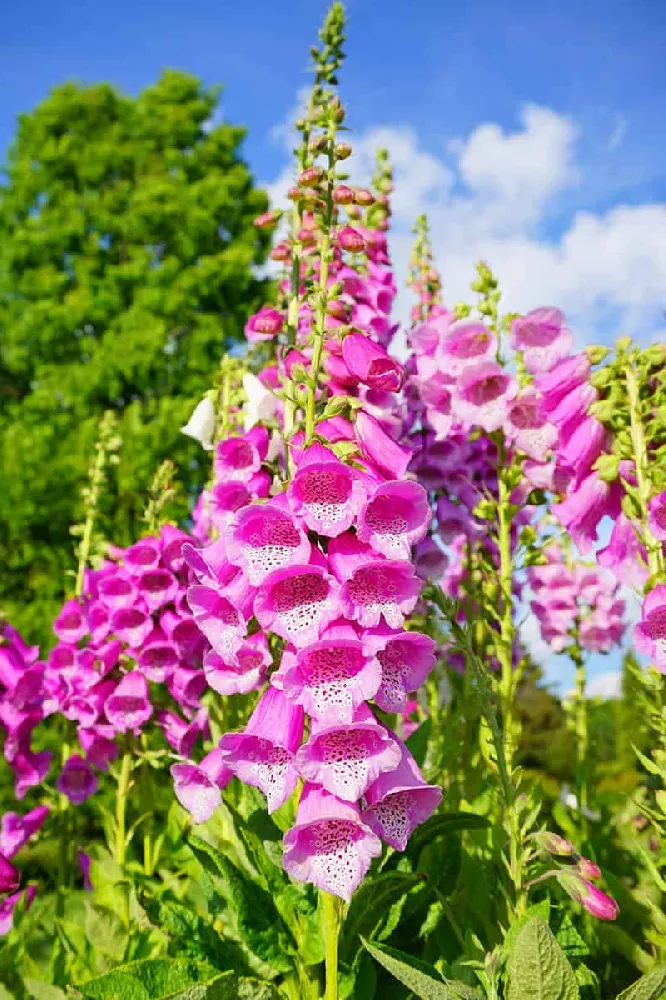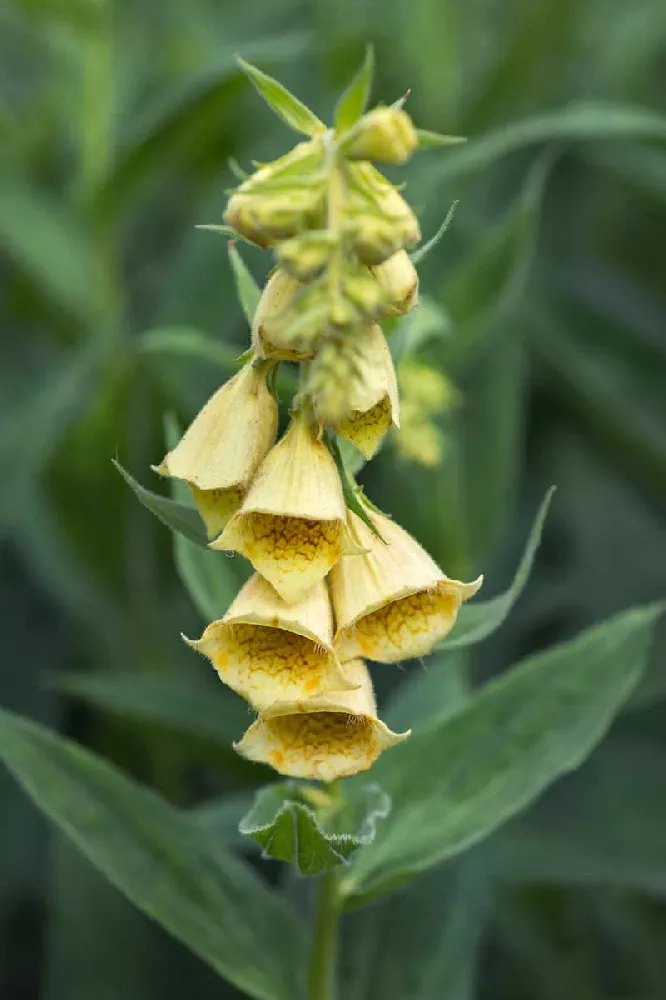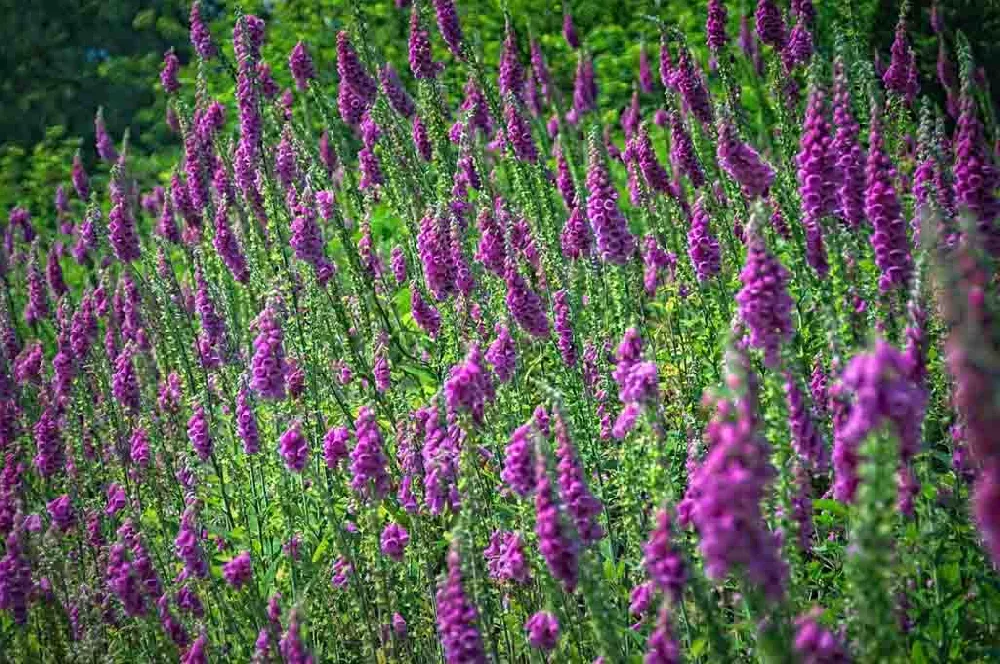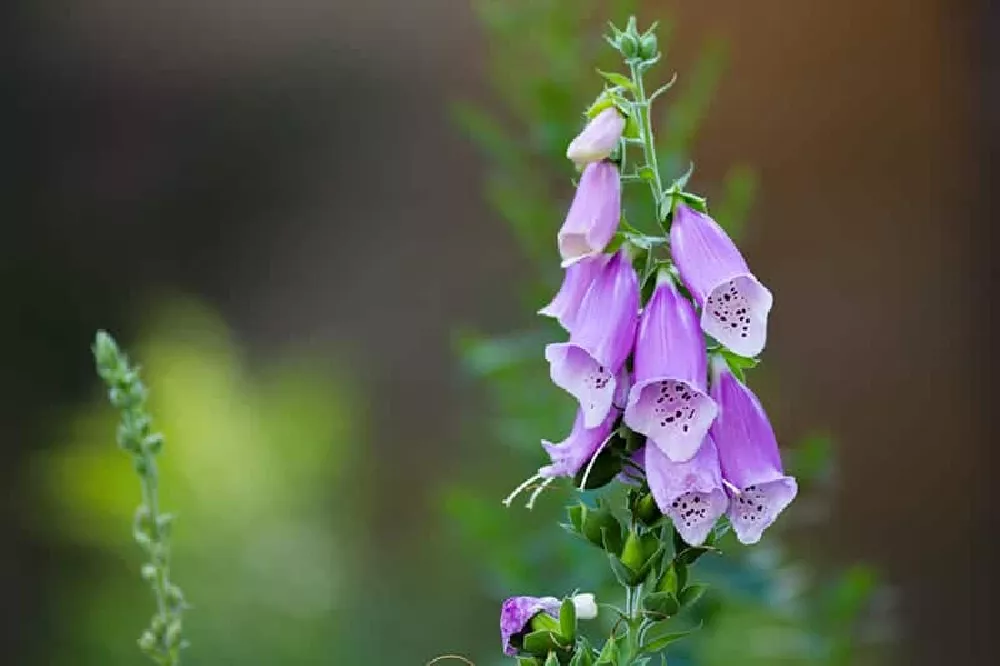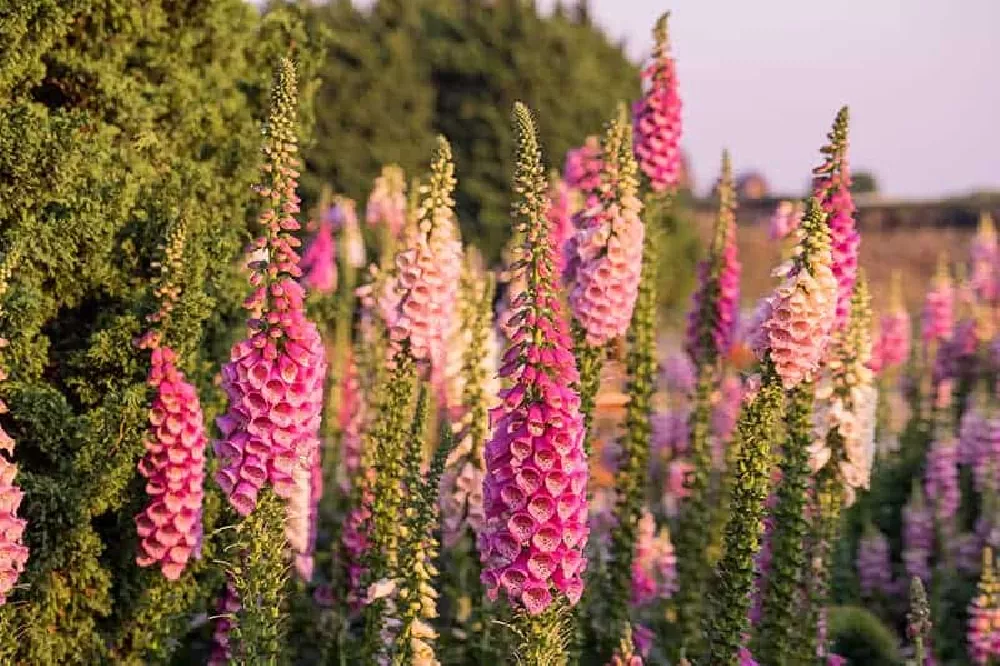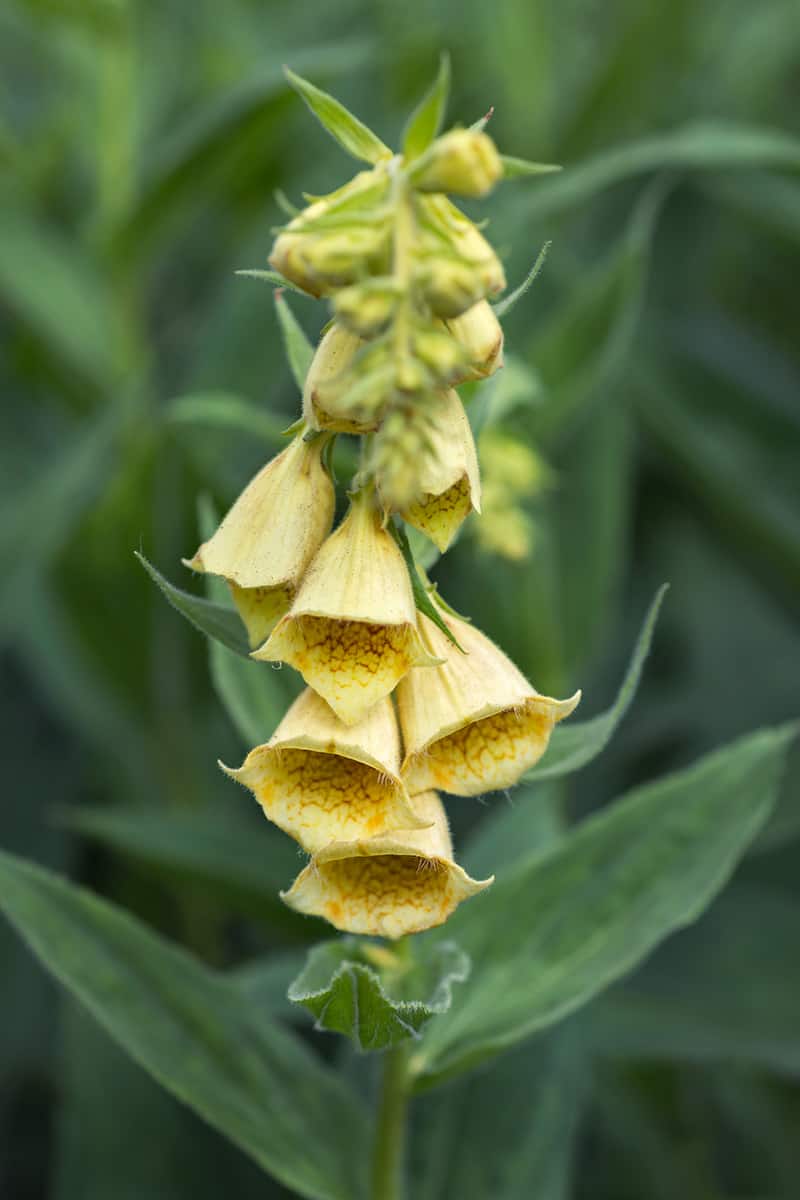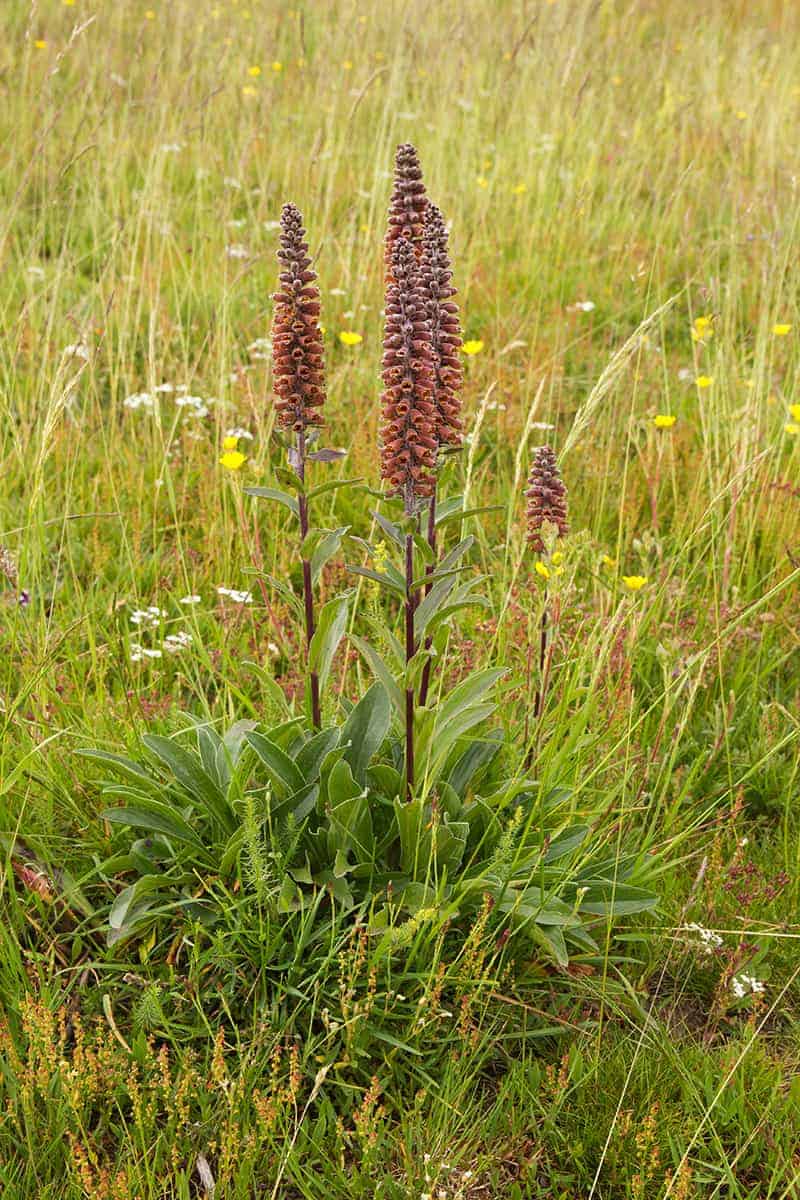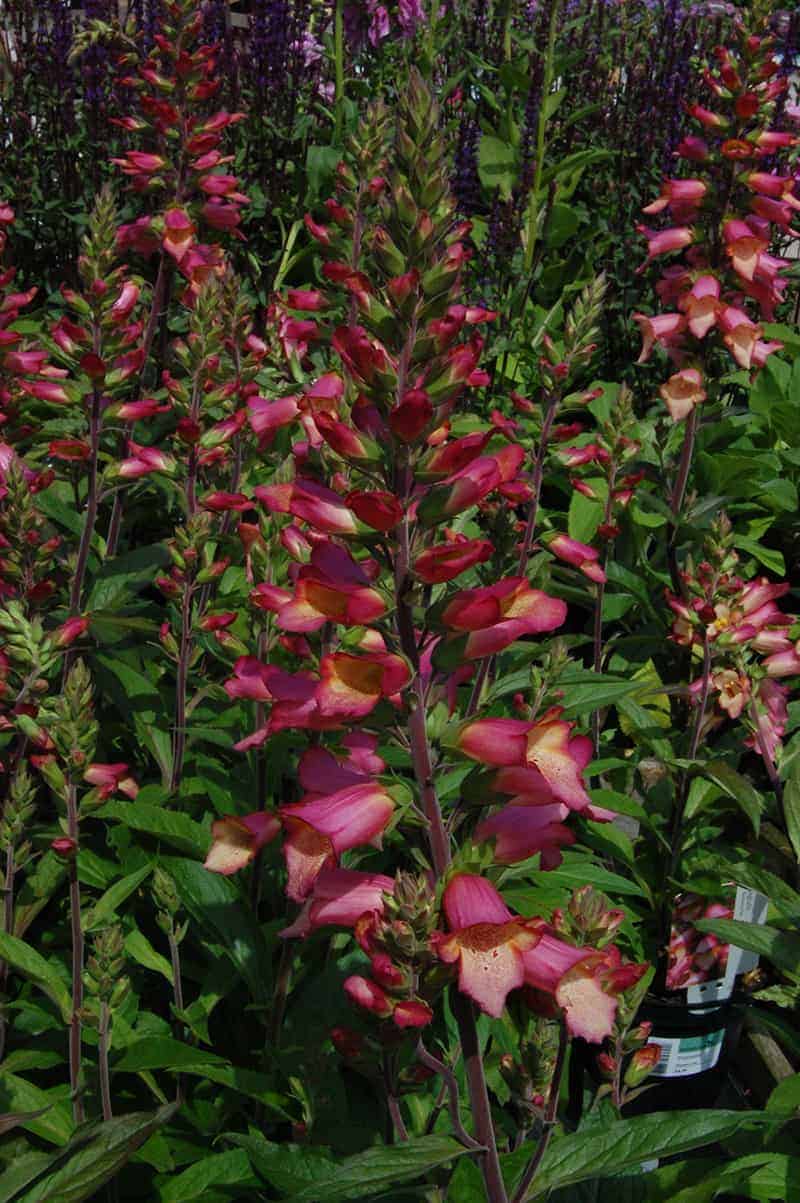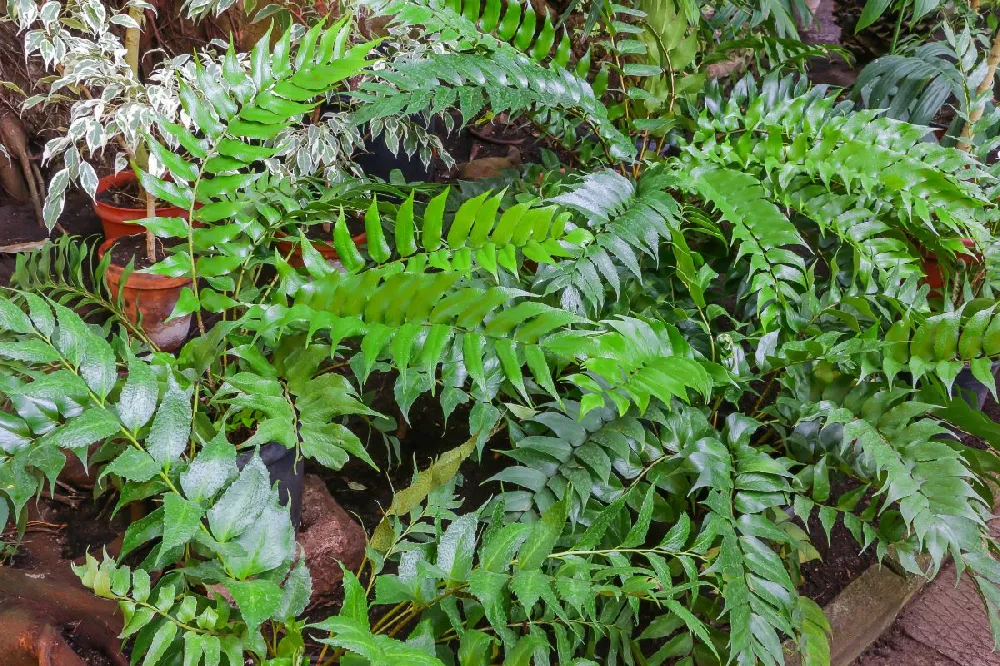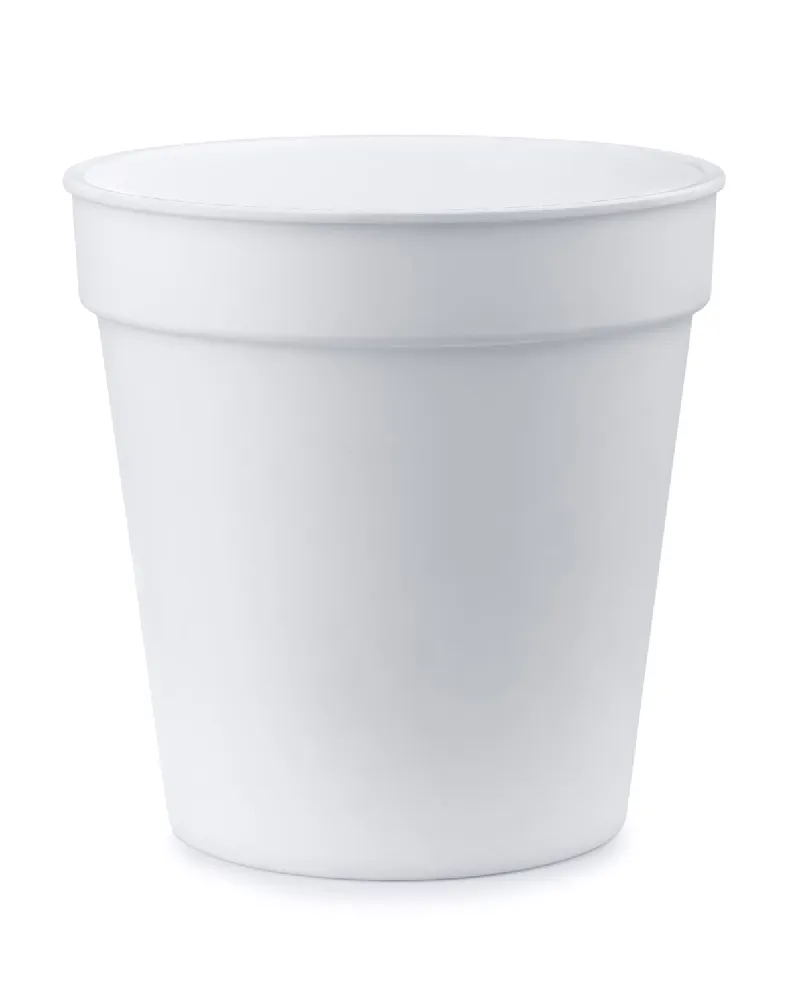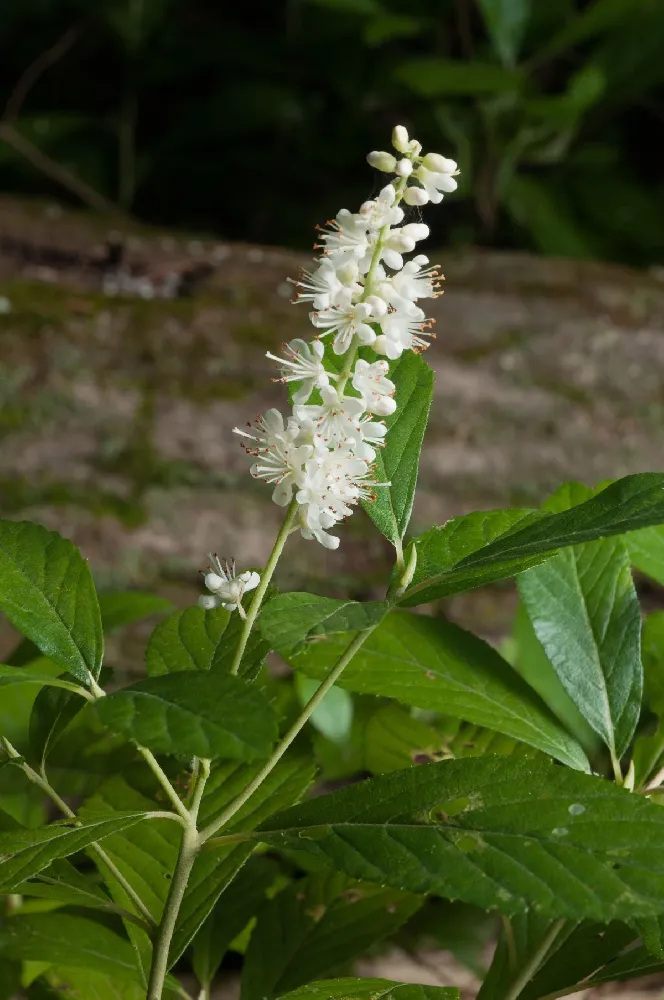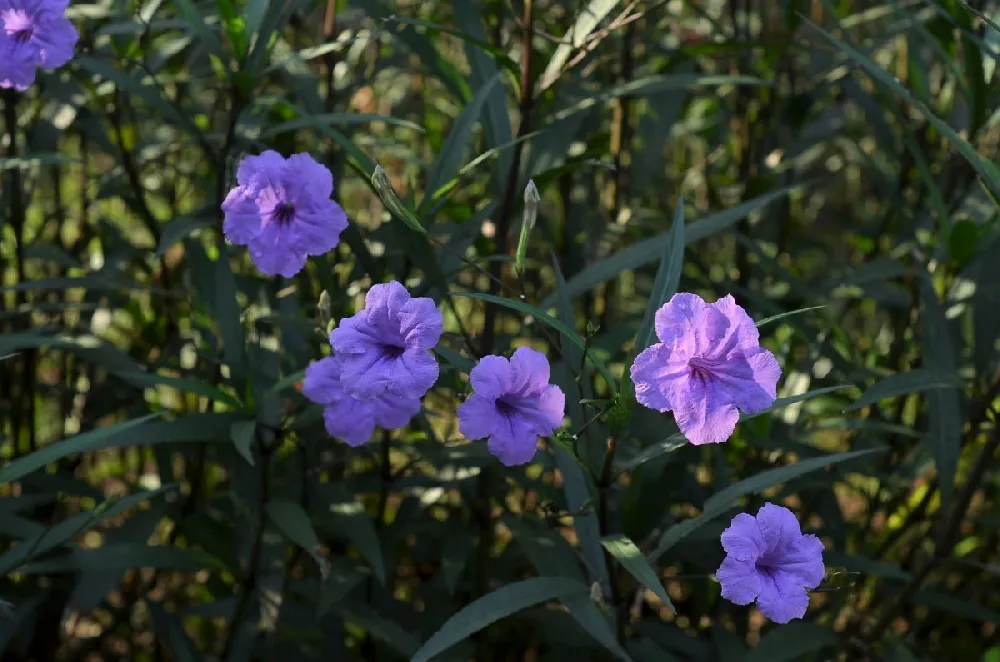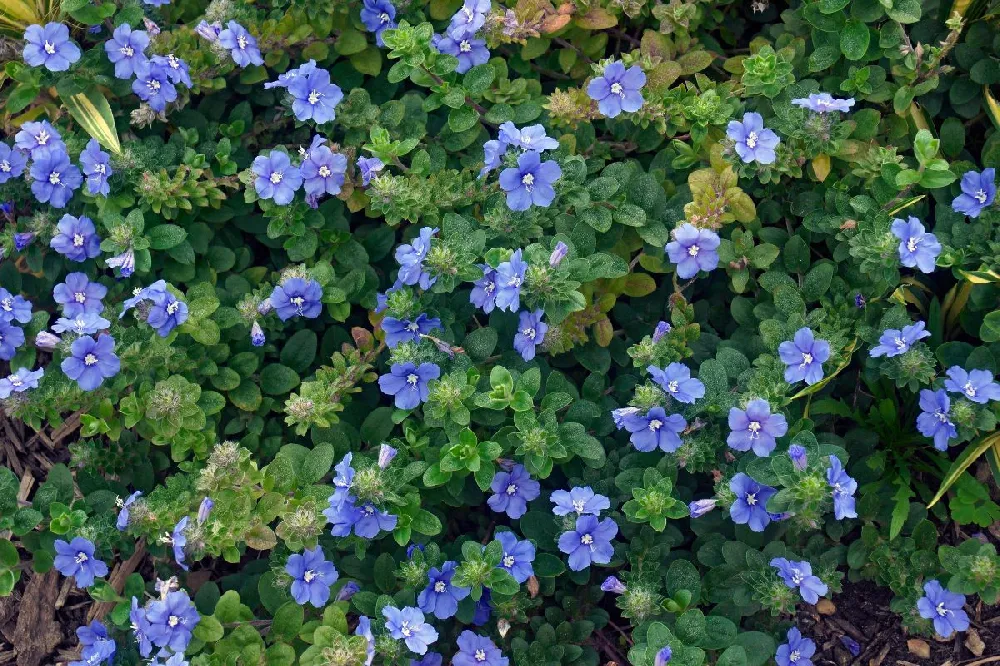- Home >
- Ornamental Plants >
- Foxglove Flowers
Foxglove Flowers for Sale - Buying & Growing Guide
With its tall, slender stalks and tube-shaped flowers, foxglove adds a touch of elegance to any garden. Foxglove is the common name for Digitalis, a genus of about 20 species of herbaceous perennials and shrubs native to Northwest Africa and Europe, though there is a close North American imitation called Penstemon digitalis, which can be planted and cultivated in a similar manner. The flowers attract butterflies and bees, but foxglove is toxic to humans and other animals. Other notable traits of foxglove include:
- Resistant to deer, rabbits, and other common garden pests.
- Available in multiple varieties and colors, including purple, pink, red, white, and yellow.
- Hardy in a wide range of zones, from 4-10.
Planting and Care
Planting instructions
Foxgloves can grow in a range of lighting conditions, from full sun to partial shade, depending on the exact climate. If you live in a hot climate, choose a location where the plant will receive full morning sun, and shade in the afternoon. These plants prefer well-draining, acidic soil that is rich in organic material. Before planting your foxglove, till the soil and mix in organic compost. Dig a hole that is twice as wide and deep as the plant’s current container. After placing the root ball in the hole, cover it halfway with soil, water the plant, and finish filling in the hole when all the water is absorbed.
Watering and nutrients
An essential part of growing healthy foxgloves is keeping their soil moist but not wet. These plants are susceptible to crown rot if their soil is waterlogged. However, allowing the soil to dry out completely in between waterings can inhibit growth. Wait until the top two inches of soil are dry to the touch before watering. Foxgloves do not need much in the way of feeding, especially if your soil is organically rich. Composting can help provide the necessary nutrients to encourage growth, or you can use a small handful of granular, slow-release fertilizers in the early spring.
Pruning
Regular pruning will help stimulate new growth in your foxglove and keep it looking tidy. Because foxgloves are self-seeding, once the flowers bloom, the plant will divert its energy to producing seeds. Trimming spikes before they begin producing seeds will allow other spikes to continue producing flowers. Use hand clippers to cut stalks back to the basal foliage at the base of the plant. Do not do this if you want your foxglove to self-seed. Once the foxglove plant dies back in the fall or winter, prune away any yellow or brown leaves.
Pollination
Bumblebees are the foxglove plant’s primary pollinator. They are attracted to the flowers because of their nectar, appearance, and tubular shape. Butterflies and hummingbirds are also attracted to the foxglove’s nectar. Bees have adapted to start with the lower flowers on a foxglove plant, which are typically female, and work their way up to the male flowers at the top, ensuring optimum cross-pollination. As biennials, foxgloves will not produce any flowers in their first year. In their second year, a tall spike will emerge from which the flowers will grow from May to June.
Pests, diseases, and animals
Due to its highly toxic nature, wild animals like rabbits and deer do not bother foxgloves. However, these plants can become infested with aphids, tiny green flies that can stunt a plant’s growth. To remedy an aphid infestation, treat your foxgloves with neem oil or insecticidal soap. The most common disease affecting foxgloves is crown rot, which is caused by overwatering, poor air circulation, or poorly draining soil. There is no cure for crown rot, and you must remove the infected plants. It’s best to prevent this disease by making sure the soil is well-draining and air can circulate around the plant.
Light
Foxgloves can grow in a range of lighting conditions, from full sun to partial shade. If you live in a hot climate, then a position which offers morning sun and afternoon shade will be best to protect the plant from the afternoon heat. In cooler climates, this plant can tolerate full sun but will grow equally well in partial shade. Full shade is not an option for foxglove plants, as a good amount of bright light is needed for the plant to produce flowers.
Temperature
This plant enjoys mild temperatures and will grow best in cooler climates. The flowers wilt if the temperature reaches in excess of 90º F. Protect it from very hot temperatures with some afternoon shade.
Propagation
Foxgloves self-propagate by reseeding themselves. Do not deadhead spent flowers if you are hoping for your foxgloves to reseed, as this is where the seeds are housed. Foxgloves are short-lived plants that typically flower in their second year, and the plant then dies. Often, a new foxglove appears, and the owner believes that their foxglove is continually blooming year after year, when, in actual fact, the previous foxglove has reseeded, and the plant you now see is an entirely new plant.
To propagate manually, collect the seeds from spent flowers and keep them in a dark paper bag until you want to use them. Plant them in summer during warm temperatures, as the seeds require heat to germinate. They can be sown directly into moist soil in the ground, or in seedling trays inside.
Toxicity
All parts of the foxglove are poisonous to humans and animals, with the common wildflower Digitalis purpurea being among the most toxic. If you have a problem with deer or rabbits invading your garden, then this might be a good plant for you as they will stay away from it, but you should plant it with caution if you have any pets or children and keep it at the back of flowerbeds to keep it at a distance from curious mouths.
The leaves of the foxglove plant contain cardiac glycosides, which are actually harvested for their use in the cardiac medication digitalis. This medication helps to regulate patient’s heartbeats, but the medicinal dose is dangerously close to the lethal dose, and so the plant itself should never be ingested for its medicinal properties. It is known as one of the most lethal flowering plants, and if you have any concern that pets or children might nibble on your plants, then you should not grow it at home. Foxgloves are also popular as cut flowers, and equal caution should be taken when having them in floral displays in the home if you have pets or children.
Common Pests and Diseases
Foxgloves are susceptible to a host of pests and diseases, including crown rot, leaf spot, and aphids.
Crown rot
This common problem with foxgloves is a result of overwatering, poor air circulation, or poorly draining soil. Signs of crown rot include leaves turning yellow and wilting, a spongy brown rotten base, and white fungal spores around the base of the plant. There is no cure for crown rot, and it’s important to dig up infected plants and dispose of them to prevent the disease from spreading to nearby healthy plants. In an attempt to prevent crown rot in the future, ensure your foxgloves have good air circulation around them by planting them approximately 20 inches apart. Also ensure the plants are growing in well-draining soil, and be careful not to overwater them.
Leaf spot
Leaf spot is caused by a fungus that presents itself as dark red, brown, or black spots. It typically begins in the spring and will continue to take hold of the plant if left untreated until the plant dies. As soon as you notice leaf spot, you should remove the plant and dispose of it to prevent the infection spreading to other plants. As a preventative measure, you can spray healthy plants with a fungicide, and make sure to water at the base and avoid wetting the leaves during irrigation.
Aphids
These tiny green flies generally don’t kill the plant, but an infestation can cause stunted growth because they feed on the moisture and nutrients within the plant’s foliage. Control aphids with neem oil or insecticidal soap.
Foxglove Flower Varieties
Digitalis purpurea is the common foxglove that is found growing in woodlands as a wildflower, but there are many other varieties which grow well in home gardens. Most foxgloves are biennials, including the Digitalis purpurea, but some varieties are more reliably grown as perennials if you are looking for something more long-lasting.
Digitalis grandiflora
This is the foxglove variety that is most reliably grown as a perennial. It has large, creamy colored blooms that are around two inches long, and the spikes reach up to three feet in height at maturity. The evergreen foliage is dark green in color, and as a native to Europe, this variety likes plenty of sun (Royal Horticultural Society).
Digitalis parviflora
This variety of foxglove looks quite different from its cousins. The flowers are tiny and are an orange-brown color. It is shorter than many foxgloves, reaching two feet at its maximum height (Gardeners World Magazine).
Digitalis ‘Illumination Pink’
This hybrid is a cross between the common Digitalis purpurea and the Canary Island foxglove. It is semi-evergreen and perennial, with peachy pink flowers that have a tropical look about them. As a sterile plant, this foxglove variety won’t reseed but will continue to flower for several months at a time.
FAQs
Are foxgloves poisonous?
Yes, foxglove is one of the most toxic plants to both humans and animals. All parts of the plant, including the stalks, leaves, and flowers, are poisonous. The foxglove’s leaves contain cardiac glycosides, which are harvested for use in medications. This compound can be lethal if not taken correctly, so individuals should never ingest the plant itself for any reason. If you have pets or small children who may nibble on plants, you may want to avoid foxgloves.
Are there multiple species of foxglove flowers?
Yes, there are about 20 species of foxglove. The most common is the Digitalis purpurea, a biennial which features flowers in shades of purple, pink, and white. For those seeking a perennial foxglove variety, Digitalis grandiflora is a good choice. This variety can reach up to three feet in height, and features creamy white flowers. Those with less room may want to try Digital parviflora, a variety that grows about two feet high, and has small, orange flowers.
How long do foxgloves live?
It depends on the specific variety. The most popular species, the Digitalis purpurea, is a biennial with a short lifespan. The plant only flowers in its second year, after which it dies. However, this is a self-seeding plant, so if you don’t deadhead the spent flowers and allow seeds to fall you will not have to plant new foxgloves the following year. Meanwhile, Digitalis grandiflora is a perennial that will enjoy a long lifespan with proper care.
How do you propagate foxgloves?
If foxgloves are allowed to develop and drop seeds, they will self-propagate. However, if you want to propagate a foxglove manually, collect the seeds from spent flowers and keep them in a paper bag until you want to use them. Plant the seeds in the summer, when temperatures are warm, as the seeds require heat to germinate. You can plant foxglove seeds directly into moist soil or start them in a seedling tray before transferring them to your garden.
